Adhesives used in mattresses
More and more people are turning to natural latex mattresses because they would like to sleep in a healthy, chemical-free environment. We often meet the question of whether adhesives are used in mattresses – including natural latex mattresses – or they contain only pure organic materials.
When it comes to our sleeping conditions, we need to aspire to create the most comfortable conditions – regarding support and health as well. However, it’s essential to know that in most mattresses, a variety of adhesives is used during the manufacturing process to improve the quality of the overall product.
In order to hold the different layers together, the vast majority of mattresses contain glues and adhesives. There are different types of adhesives, water-based and solvent-based glues being the most popular.
Our aim with this article is to show why manufacturers use glues in their mattresses and whether all adhesives used in a mattress are toxic or have some negative effects on health.
Why use adhesives in mattresses?
Creating a completely organic mattress is not easy. In most cases, foams are not totally natural because to reach the highest quality, some components cannot be substituted by completely natural materials.
Manufacturers often claim that their mattresses are organic, however, you should always check if the label is backed by standards that you can trust.
There are two mattress labels that meet the highest standard of qualifications: the Global Organic Textile Standard (GOTS), and the Global Organic Latex Standard (GOLS).
The GOTS certification confirms that the textiles used during the construction of the mattress are at least 95% organic, while the GOLS certification means that a mattress needs to contain at least 95% organic raw material.
In the case of the GOTS certification, the use of certain substances is prohibited even in the remaining 5% of the materials. As a result, you will never find chemical flame retardants or polyurethane (the material of memory foam) in the mattresses with these labels.
If you are looking for a healthy and natural mattress, these are the certifications that you can always trust.
Now that we know what certifications to look for, let’s explore the types of adhesives used in mattresses and if we can still get a natural mattress using glues.
Mattresses are manufactured using a wide variety of materials and processes.
First of all, adhesives in mattresses are used to keep different components together. They have an important role in the construction of the mattress since they need to create a strong bond between the different materials without affecting the mattress’s feel or performance.
A good mattress is a basis for a restful night’s sleep. Adhesives must be able to resist tension – they have to hold even when the mattress is prone to pressure.
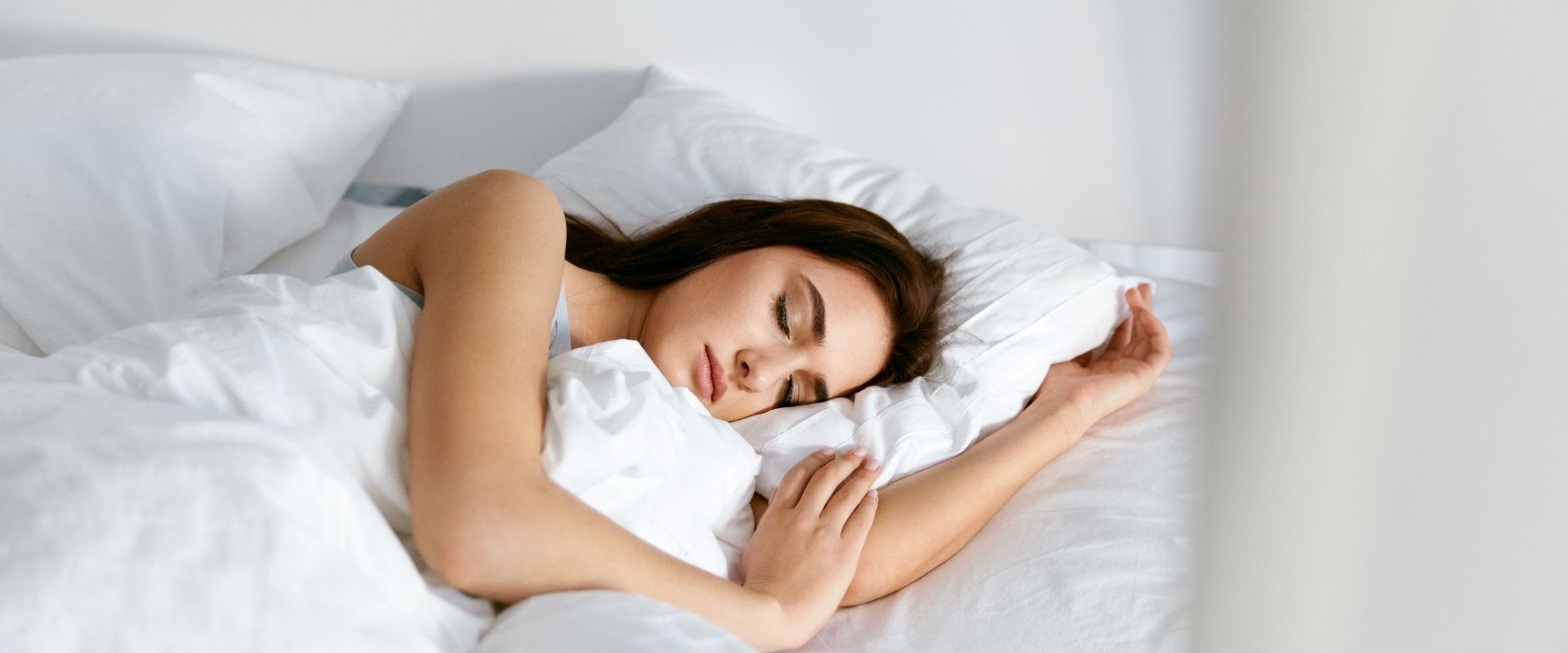
Adhesives used in mattresses
The different adhesive systems need to bond different types of materials, including cotton, coconut fibre, or foams. Adhesives used in mattresses need to be durable and flexible while making sure that they don’t affect the look of the mattress either.
Now let’s see the most common types of adhesives used in mattresses.
Water-based mattress adhesives
There are water-based mattress adhesives used during the manufacturing process – they are preferred by companies creating natural mattresses. This kind of glue is considered sustainable and environmentally friendly. It doesn’t off-gas toxic materials and remains odourless.
Water-based adhesives are safe and sprayable, but it takes longer to form a bond between the layers when manufacturers use this type of glue. As a result, the manufacturing process can slow down as it may take around 45 minutes to dry.
All in all, it’s important to know that some of the safest adhesives are water-based, including Simalfa which is a totally safe glue material, often used in crib materials.
Solvent-based mattress adhesives
These are the most traditional types of glues used in mattresses. They are quite strong and can keep the different materials together for a very long time.
However, solvent-based mattress adhesives are not environmentally friendly solutions.
The disadvantage of this type of glue is it may off-gas harmful materials when the glue evaporates. Fortunately, thanks to new technologies, the amount of glues in the mattresses is far less now. Since bigger solid pieces can be manufactured, companies don’t need to apply large amounts of glues anymore.
Hot melt mattress adhesives
This is the newest type of mattress adhesive on the market. Manufacturers apply it using hot air, and it sets as the heat slowly vanishes. It doesn’t involve solvents. What’s the downside of this type of mattress glue? When it gets cold and dries, it creates a cracking noise. However, they keep on working on eliminating this disadvantage.
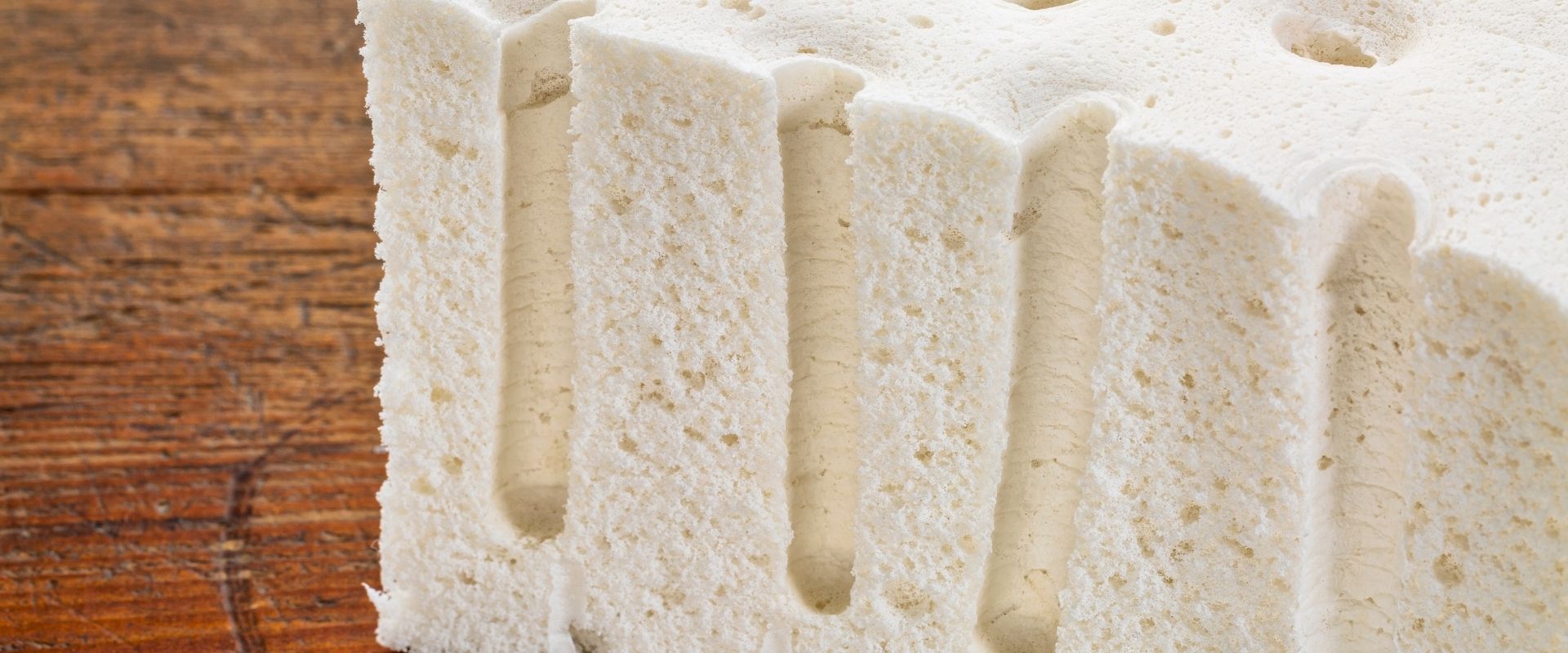
Adhesives used in the Milam mattresses
Many customers look for chemical-free mattresses and ask us what adhesives we use in the Milam mattress.
As we have mentioned above, making a totally green, organic, and sustainable, chemical-free mattress is not an easy thing to do. You need to have eco-friendly materials that are properly certified, and then you need to assemble them.
When you look at most mattresses – innerspring, memory foam, even latex mattresses (labelled as natural or blended latex), almost all of them contain a formaldehyde type of adhesive. These glues are volatile organic compound (VOC) types of glues that potentially can off-gas fumes and vapours for years.
Materials that contain VOCs are found to be irritating and carcinogenic. People who have allergies or eczema may be at risk even more developing symptoms when breathing in these fumes as they may be more sensitive to these kinds of materials.
Some companies manufacture latex mattresses that don’t use any glue whatsoever. This could also be a solution to create a completely natural mattress. The issue with this is that the layers may not be aligned properly which means that the mattress probably won’t have completely straight edges.
At Milam, we opted for the Simalfa glue, a Swiss-made, water-based glue that is totally chemical-free. It has a Greenguard Gold Certificate to make sure it is safe and it doesn’t contain any harmful substances. We only manufacture GOLS and GOTS certified natural latex mattresses.
When purchasing any kind of mattress online or in a showroom, always ask the manufacturer about the glue they use.
Closing thoughts
Many people are wondering if their mattress is really safe, and people often have concerns about the type of glue used in the mattresses.
Since they need to keep the mattress layers together, it’s essential to use adhesives. However, there are different types of glues used in mattresses, and water-based glues are the most environmentally friendly adhesives.
At Milam, we have always been a true advocate for a healthy and safe sleeping environment. We only offer products that are natural don’t off-gas harmful chemicals.
When shopping for a new mattress, remember to check for GOLS and GOTS certificates, as you can always trust these labels.
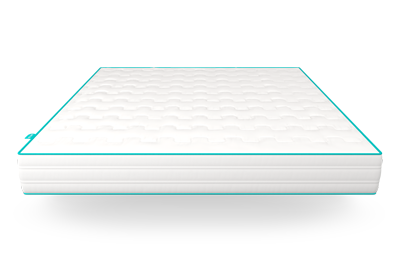 Original Mattress
Original Mattress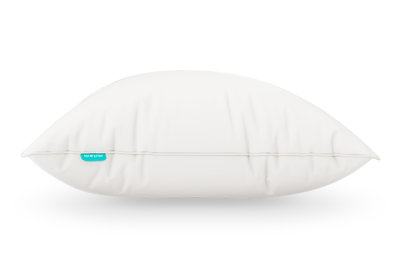 Alpaca Wool Pillow
Alpaca Wool Pillow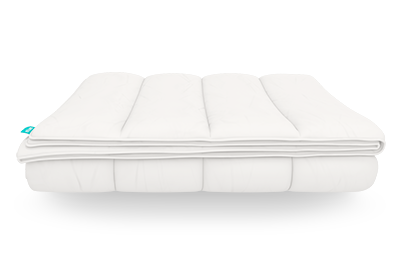 Alpaca Wool Duvet
Alpaca Wool Duvet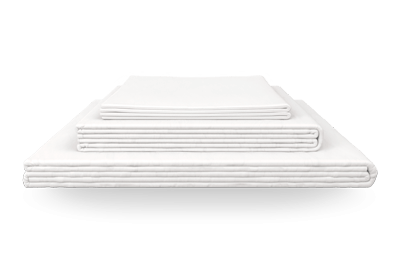 Bed sheets
Bed sheets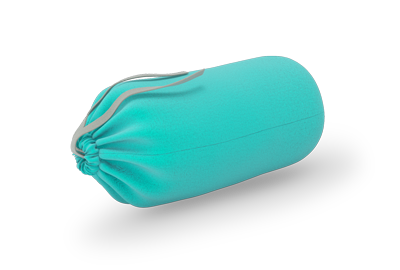 Protector
Protector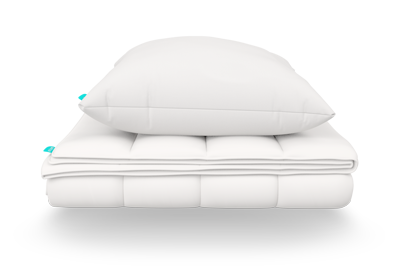 Sets
Sets